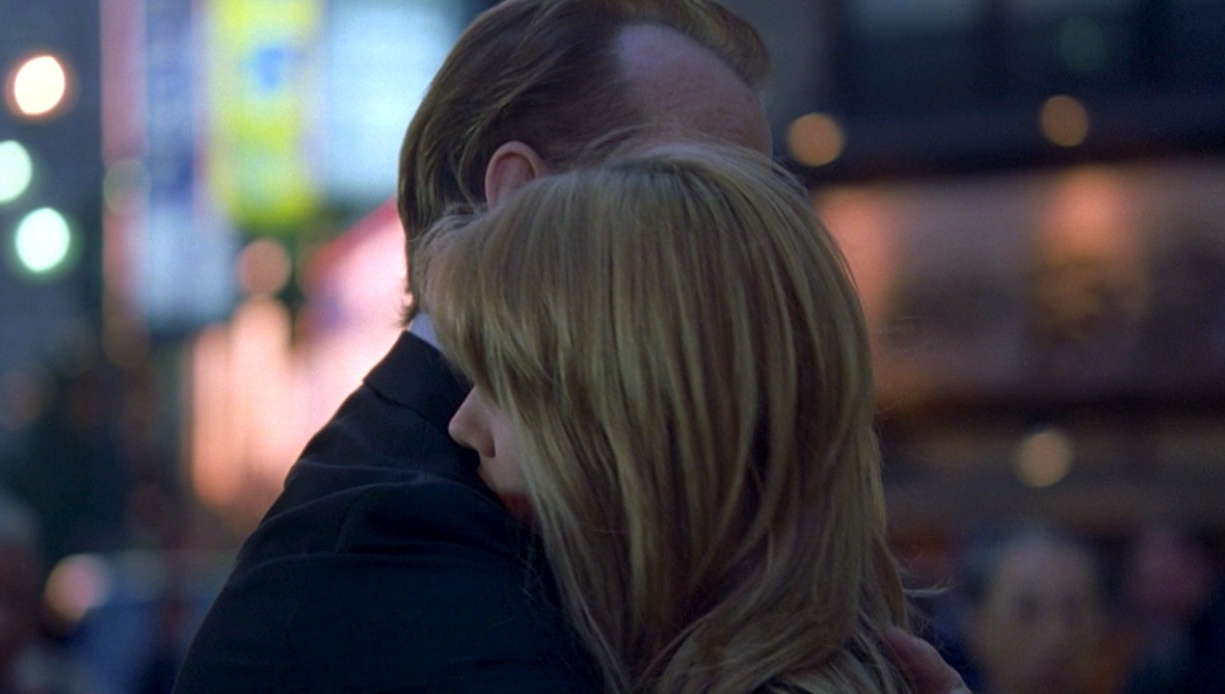
21st century cinema has provided some of the greatest scenes in film history; in particular, climatic ending scenes in critically acclaimed films from around the world.
The following is a listing of 20 of the best final movie scenes of the century thus far. Please note that the discussion of the ending of each of these films includes spoilers.
20. Summer Hours (2008)
“Send-off”
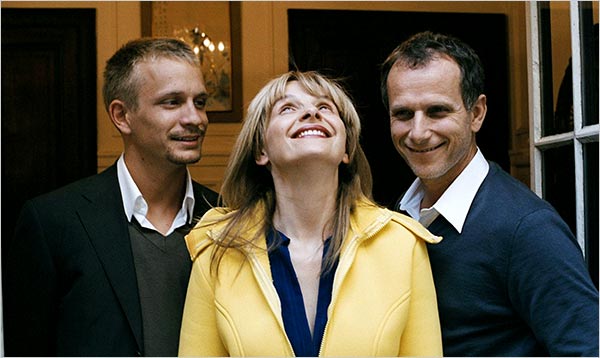
Director Oliver Assayas’ 2008 film “Summer Hours” tells the story of a family and their matriarch, ‘Helene’ who lives in the French countryside. Helene lives in the house of her now deceased uncle who was a highly-regarded painter. Helene has three children, two of which live oversees, and one which still lives in France.
After Helene passes away the three children must decide what to do with her estate, which includes the home and paintings. As Helene predicted before her death, the children decide to sell the estate and all its belongings. In the film’s final sequence, Helene’s teenage granddaughter holds a party with her friends in the now-empty country house just before it’s about to be sold.
Assayas uses a tracking shot to follow the granddaughter around the house as her friends play music, dance, sing, and have fun. In the final scene, the granddaughter expresses her sense of loss at losing the house which she has so many memories growing up. She then runs off with her boyfriend around the estate’s gardens, bringing a youthful life into the property one last time.
19. Werckmeister Harmonies (2000)
“Eye of the Whale”
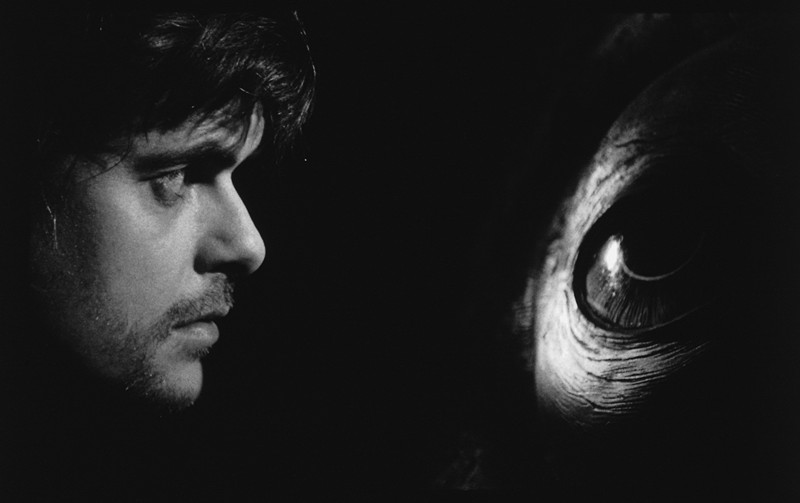
Director Bela Tarr’s 2000 film “Werckmeister Harmonies” tells the story of a small town which breaks out in violence after the arrival of a circus and its main attraction, the stuffed carcass of a giant whale. Janos Valuska is a young man living in the local town who does not understand how or why the community is having such a harsh reaction to the exhibit. Janos’ friend Gyorgy is a respected local figure who wants nothing to do with the circus and the chaos surrounding its arrival.
Filmed in black and white and spanning close to 2 ½ hours long, “Werckmeister Harmonies” consists of only 39 shots, most of which are long shots taking place before the action starts and carrying on after the action has left the frame. Bela Tarr has resisted attempts at interpreting the possible metaphors which “Werchmeister Harmonies” represents, but many theorize that it can be seen as an allegory of Eastern Europe politics after World War II.
The final scene in the film shows Gyorgy walking up to the stuffed whale which is now destroyed by riots from the night before. Gyorgy looks into the eye of the whale, then walks away.
18. The Act of Killing (2012)
“Have I Sinned?”
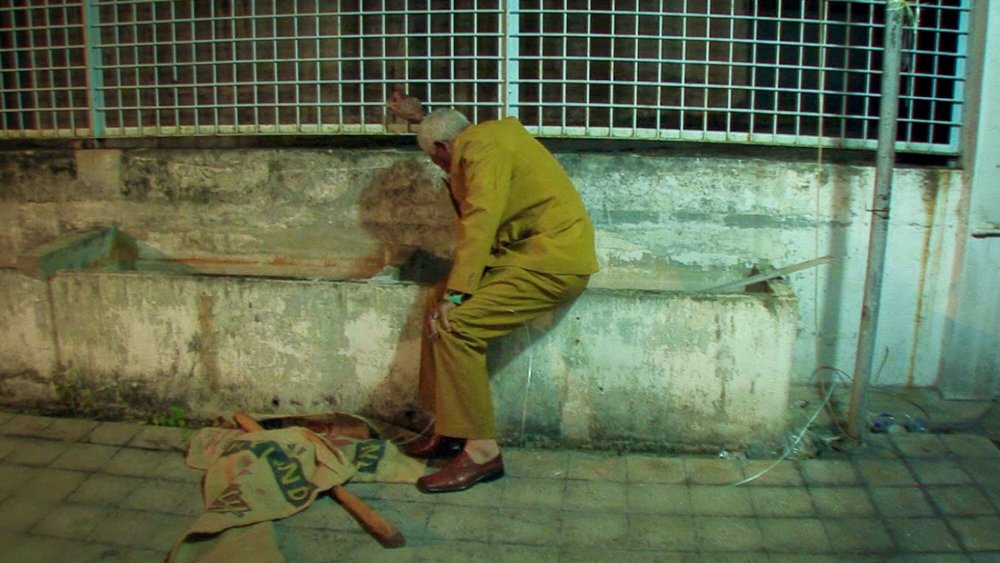
Director Joshua Oppenheimer’s 2012 documentary “The Act of Killing” follows former death-squad leaders who participated in the Indonesian mass killings of accused communist sympathizers from 1965-1966.
The most notorious and outspoken of these executioners is Anwar Congo, who proudly recollects and reenacts his killing of hundreds of people with glee. Anwar’s reaction to his killings seems to shift during the film, which spans five years, and towards the end Anwar openly asks Oppenheimer if he thinks he has sinned.
The final scene in the film takes Anwar back to a building rooftop which he claims was the scene of several of his murders. While demonstrating how he killed people on the rooftop, Anwar becomes overcome by the violence he committed to the point of physical sickness, retching repeatedly.
17. Memento (2000)
“Beginning at the End”

Director Christopher Nolan’s second feature film, “Memento” stars Guy Pearce as Leonard, a man who suffers short-term memory loss and the inability to form new memories. Leonard is searching for the people who attacked him and murdered his wife, using Polaroid photographs and tattoos to help jog his memory. Leonard eventually receives the driver’s license for a man nicknamed as ‘Teddy’ who he has been warned is one of the perpetrators.
Nolan used a nonlinear structure to film the movie, with most of the films action portrayed in reverse. This structure results in two endings to the film; the actual end where Leonard decides to kill Teddy, and the chronological ending (the opening where Teddy is finally killed). This puzzle is finally complete with the final scene of the film. Leonard drives away in a car before pulling over to get a tattoo of a car license plate which will eventually lead to Teddy’s death.
16. Carol (2015)
“The Oak Room”
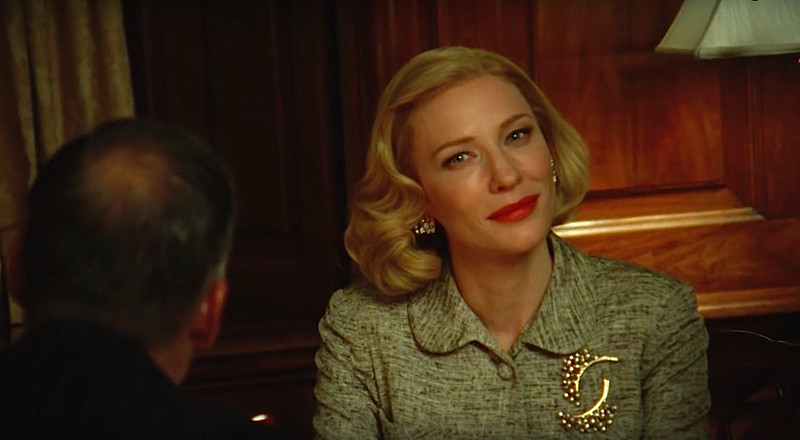
Director Todd Haynes’ 2015 film “Carol” tells the story of two women who become involved in an unexpected love affair in 1950s New York. The film stars Cate Blanchett as Carol, an older woman trapped in a conventional marriage, and Rooney Mara as Therese, a young aspiring photographer. What ensues is an intense romance between the two, a romance which faces several obstacles both internally in their relationship and externally from other factions.
By the end of the film it appears as if the couple are heading straight into tragedy, a familiar territory of impossible love between two people of the same sex. In the final scene, Therese enters the Oak Room, searching for Carol. Therese pauses for a moment, and then starts her approach towards Carol’s table through sea of other patrons which one can infer represents the potential adversity to any future relationship. Carol finally notices Therese, and the two women look at each other, both beginning to smile.
15. Dancer in the Dark (2000)
“Next to Last Song”
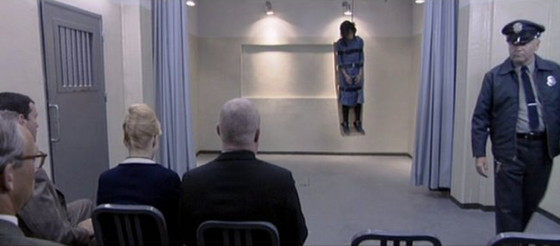
Director Lars von Trier’s film “Dancer in the Dark” tells the story of Selma (Bjork), an immigrant working in an assembly line in 1964 Washington who is slowly going blind. Selma is saving money for her son Gene, who also has a degenerative eyesight condition, to have surgery when he turns thirteen.
Selma is eventually fired from her job after her blindness is discovered, and robbed of her savings by Bill, a police officer who is in debt. Ashamed of his actions, Bill asks Selma to mercy kill him and let his secret debt die with him. Selma is arrested, stands trial, and is put to death, using her recovered money to help her son rather than getting a better lawyer.
The final scene shows Selma strapped to board in preparation to be hung. After being told that her son’s eye operation was successful Selma begins to sing “this isn’t the last song, there is no violin, the choir is quiet, and no one takes a spin, this is the next to last song, and that’s all”.